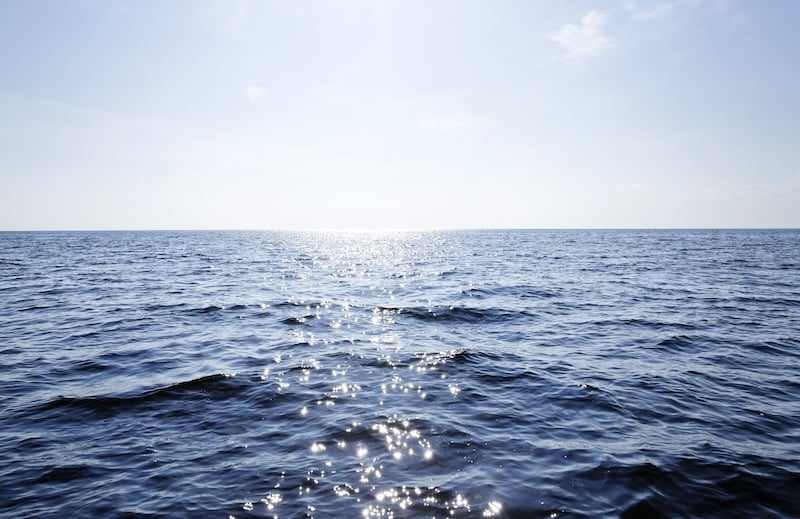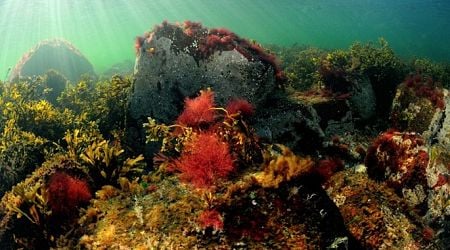These indicators, some of which have been monitored for decades, paint a comprehensive picture of the state of Finland’s marine areas.
Conservation Efforts Show Promise
The assessment highlights the complex interplay between marine mammals, birds, fish, plankton, seabed habitats, and the broader food network. While marine life continues to be constrained by eutrophication and other human-induced disturbances, there are positive signs, particularly in the Gulf of Bothnia, where grey seals, fish populations, and certain seabird species are showing signs of recovery.
"Targeted protection measures can significantly improve marine life, as seen with the positive impact of fishing restrictions on the Archipelago Sea’s pikeperch population and the benefits of removing invasive predators on seabird populations," said Samuli Korpinen, research manager at the Finnish Environment Institute.
Human Activity and Eutrophication: Persistent Threats
The primary drivers of the Baltic Sea's poor condition remain human activities both on land and at sea. Excessive nutrient runoff, primarily from agriculture and construction projects near the shore, continues to fuel eutrophication. Although efforts to reduce nutrient loading have been ongoing, they have not been sufficiently effective, particularly in areas like the Gulf of Finland and the Archipelago Sea.
The assessment also identified other significant challenges, including the rise in invasive alien species, persistent marine litter, and increasing underwater noise, particularly from shipping traffic in the Gulf of Finland.
Long-Term Monitoring Reveals Gradual Improvements
While the overall status of the Baltic Sea remains troubling, longer-term monitoring has revealed positive trends in certain areas, such as coastal benthic fauna, reductions in environmental toxins, and decreased shore litter. These findings provide a foundation for future conservation efforts, with new measures expected to be implemented by 2027.
This latest assessment differs from previous reports by being presented as a website, offering easy access to detailed information and insights into the current status of Finland’s marine environment. The hope is that these findings will guide efforts to achieve a good environmental status for the Baltic Sea in the coming years.
HT



































